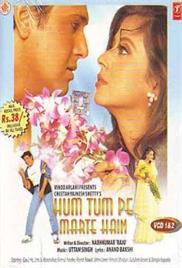
So Komurasaki was basically suffering the equivalent of only a flesh wound or even a mere scrape according to how fast and deep Kyoshiro applied his Basilisk powers despite the initial bleeding we see.Ħ. Kyoshiro with such a power could paralyze Komurasaki’s organs and blood vessels preventing them from further bleeding even after he cut her. This power from the Basilisk fruit can potentially also explain how Komurasaki didn’t die after everyone saw her get cut down. Also this power is the main ninja technique in the fantastic classic anime known as Basilisk so Oda could reference that too.ĥ. So it’s fitting the first actual Wano Samurai Zoro faces is Kyoshiro with a Basilisk fruit, similar to how Kenshin’s first big fight was with Udo Jin-e, a character with basically this exact power of paralyzing people on sight. This arc is full of references to Samurai films and even old Samurai anime such as Rurouni Kenshin, especially when it comes to Zoro. The usage of the Basilisk in popular fiction also aligns well with Oda’s agenda.

This also aligns with the choice of Orochi’s DF where the use of Yamata no Orochi in myth is that of a glutton and power hungry figure, like Orochi.Ĥ.

It’s basically all the common attributes of snakes but amped up to 100 and Kyoshiro has displayed both through his apparent remorseless cutting down of Komurasaki and later lying to Orochi about her not actually being dead.

The Basilisk represents treachery and being vertigo venomous. The usage of the Basilisk in prose and myth aligns well with Kyoshiro’s personality and usage in this arc.


 0 kommentar(er)
0 kommentar(er)
